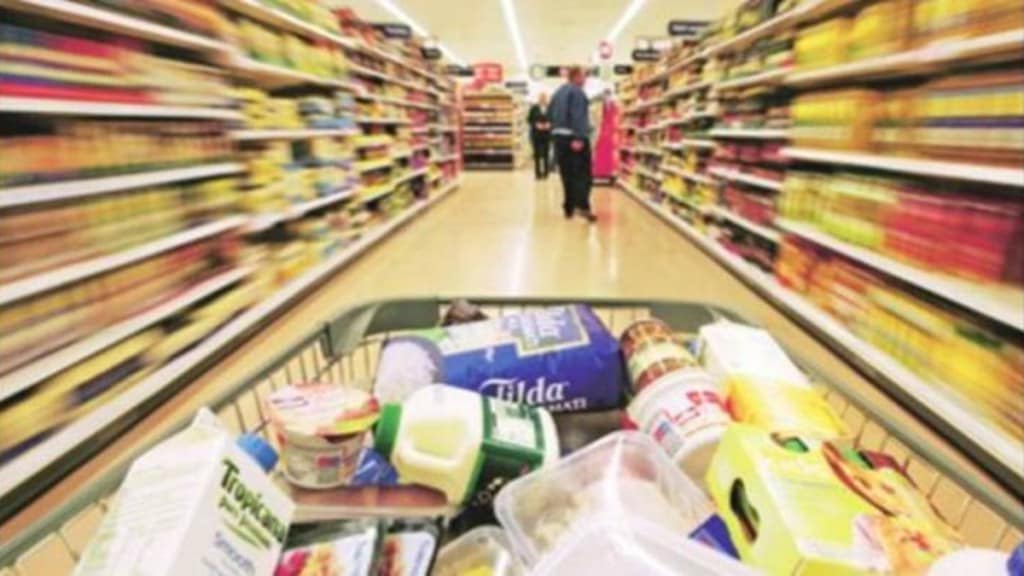Benign commodity costs over the last few months has aided the growth of small brands within the fast-moving consumer goods (FMCG) segment. The volume growth of local brands, according to Kantar, for the twelve months ended April 2023 touched 12.7% versus 8.5% for national brands.
Conversations with companies and industry experts reveal that this number has now touched about 18-19% over the last five months (May-September) versus around 10-11% for large brands in the same period.
The influx of small brands is particularly acute in categories such as detergents and tea, where the switch to cheaper alternatives has been rapid. In its earnings call and media briefing last week, HUL’s CEO and MD Rohit Jawa as well as CFO Ritesh Tiwari indicated that these two segments had seen consumers moving to local brands.
“As commodities have softened, we have seen resurgence of many small players. And these players have grown ahead of the large players,” Tiwari said. Jawa said that the trend of small brands growing ahead of large brands had been on for two quarters of this financial year.
“As we spoke during the June quarter results, we’ve seen the resurgence of small and regional players in select categories and price points, many of whom have vacated the market during the peak of inflation. This has continued into the September quarter,” Jawa said.
Jawa also admitted that HUL had been losing value market share in the mass-end of its portfolio, including categories such as detergents and tea.
ITC said that it was seeing competitive intensity as small players had grown in packaged foods and soaps. “Certain categories such as biscuits, snacks, noodles and popular soaps witnessed increasing competitive intensity including from local players in the backdrop of commodity price deflationary conditions,” ITC said. The company has sought to counter this by focusing on product innovation and last-mile distribution.
Kantar data shows that the price growth of small brands in categories such as toilet soaps, washing powder and detergent bars was in the region of 3-6% in the twelve months ended April 2023. Between May and September 2023, industry executives said that price growth in these categories has been flat as commodity inflation has remained benign, notably in crude-linked derivatives.
While crude has been inching up and is now above the $90-a-barrel-mark, for now, small players are not expected to vacate the market any time soon, sector analysts said.
“Small players are expected to stay for a couple of more quarters as they are gaining share,” Sachin Bobade, vice-president, research at brokerage Dolat Capital, said.
HUL said that it was focusing on driving its ‘Winning in Many Indias’ strategy to counter the resurgence of small brands. In addition, the company would continue to pass commodity price gains to consumers, it said.
Players such Dabur, Marico and Godrej Consumer said that they would continue to invest behind their brands, focus on distribution and manufacturing expansion as well as push digitisation initiatives to deal with competitive intensity in the market.


